Unlock the Secrets of Fish Identification – Part 6 Size
- Captain Sara

- May 19
- 3 min read
Updated: Sep 2
Fish ID Finale: Why Size Matters—Just Not As Much As You Think 🐟📏
Imagine you’re snorkeling over a vibrant reef, peeking into coral crevices and scanning seagrass beds when a fish glides by. You pause. It's familiar... but not quite right. Is it a young parrotfish? A large wrasse? Or something else entirely?
By now, if you've followed along with our Fish ID series, you're already armed with five powerful tools for identifying what you see underwater: shape, behavior, habitat, pattern, and color. These five have probably helped you spot a stoplight parrotfish, tell the difference between a goatfish and a snapper, or recognize a blue tang at every awkward teenage phase of its life.
The life stages of the blue tang (juvenile to adult, and night pattern)
Today, we’re wrapping up the series with the sixth and final trait: size. Spoiler alert: it’s the least reliable clue - but that doesn’t mean it’s useless.
Let’s break it down.👇
📏 Why Size is the Least Helpful (But Still Useful)
Here’s the truth: almost all fish start life as tiny, transparent, barely-there versions of their future selves. Some stay small forever (like gobies or blennies), while others grow into absolute behemoths (we’re looking at you, Nassau grouper and tarpon).
So when you're snorkeling and you see a tiny fish, that doesn't always mean it's a small species. It might just be a baby!
Because of this, size alone won’t help you confidently ID a fish – especially if you’re only relying on your eyes and not a measuring tape (and really, who’s bringing a ruler on a reef?).
🎣 When Size Can Actually Help
So, if it’s not always reliable, when can size help you ID a fish?
✅ Size as a Supporting Clue
Once you’ve narrowed down the shape, behavior, and habitat, you can use size to confirm or eliminate some ID possibilities. For example:
If you’re looking at a torpedo-shaped fish swimming in open water, and it’s about a foot long, it’s probably a bar jack, not a cero mackerel (~3 ft).
If you spot a flat fish buried in the sand, but it’s the size of a dinner plate, you might be looking at a peacock flounder, not a tonguefish.
✅ Size Differentiates Similar Species
Some species are nearly identical in pattern, color, and prefer the same habitat, but differ in maximum size. If you spot a goby under an urchin that has bars, but is barely an inch long, that’s probably a ninelined goby, and not the larger greenbabnded goby (at 2 inches).
🎯 Wrapping Up Your Fish ID Toolbox
Let’s recap the full toolkit:
Shape – Your first and most powerful clue: torpedo, disc, or oddball?
Behavior – Is it swimming in a school, hovering still, or darting into burrows?
Habitat – Mangrove roots, seagrass meadows, or bustling coral reefs?
Pattern – Bars, stripes, bands, lines, or spots – more permanent than color!
Color – Flashy but fickle; it changes with depth, mood, and age.
Size – A helpful final check, but not to be trusted on its own!
🌊 Final Splash
Fish identification is like solving a mystery with six exciting clues – and each snorkel trip gives you a new case to crack. Sure, size won’t always give you the answer, but when you pair it with everything else you've learned, it becomes the cherry on top of your underwater detective skills.
So next time you're out snorkeling, keep your eyes peeled for the tiniest fish hiding under an urchin or the largest predator cruising by in the blue. Ask yourself:
What’s the shape?
How is it behaving?
Where is it living?
What patterns and colors do I see?
And how big is it, really?
You’re not just sightseeing — you’re sleuthing! 🕵️♂️🐠
Happy fish hunting, and we’ll see you back on the reef!

I’d love to hear about your own fish identification experiences! Drop a comment below and share what fish you've spotted or any tips you've picked up along the way.
To help you along your fish ID journey, some great resource are the app Fishes: Greater Caribbean by D. Ross Robertson and James Van Tassell and the ID books Reef Fish Identification Florida, Caribbean, Bahamas by Paul Humann and Ned DeLoach and Caribbean Reef Life – A Field Guide for Divers by Mickey Charteris
📸 All photos courtesy of Sara and Lee Richter 📸





















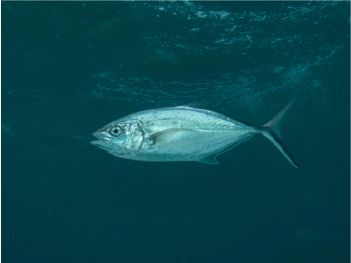

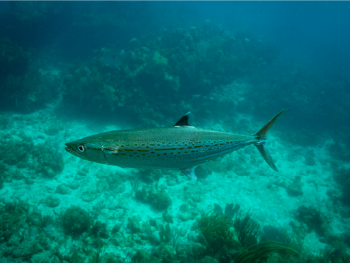

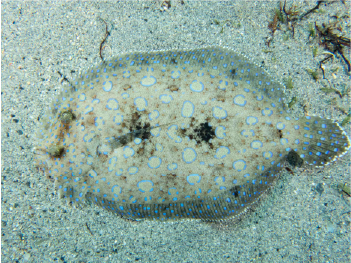

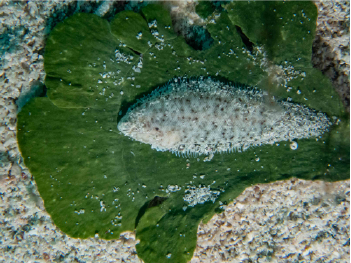

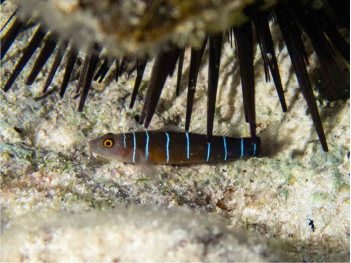

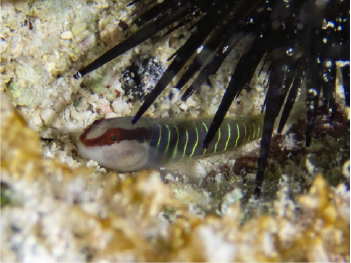



Comments